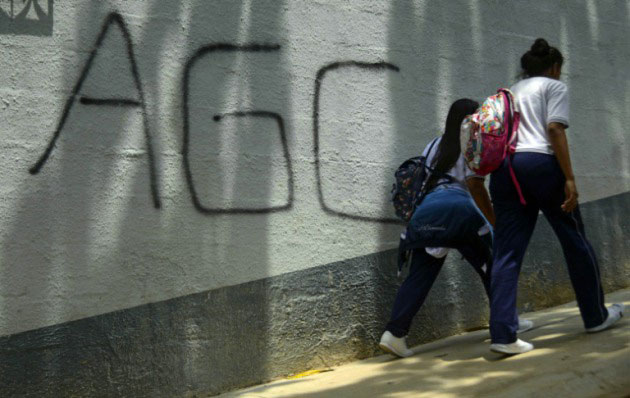 Ahead of his appearance at FILBo, Márquez’s biographer Dasso Saldívar talks to Azzam Alkadhi about the maestro, novels and the Colombia of his childhood
Ahead of his appearance at FILBo, Márquez’s biographer Dasso Saldívar talks to Azzam Alkadhi about the maestro, novels and the Colombia of his childhood
From the moment Dasso Saldívar picked up One Hundred Years of Solitude at university, he was hooked on Márquez.
“The emotion of reading it led me to find out who this Gabriel García Márquez was, who his family was, what Aracataca was like, what the diverse reality was that led to that novel and how, when and where he had written it”, says Saldívar.
And so began his long road to completing El viaje a la semilla (The journey to the seed), a biography that took him over two decades to complete and that took him on a journey to some of the deepest recesses of Gabo’s past.
He explains what compelled him to write the biography: “It was less of a decision and more an obligation, since it’s true that subject matters choose you. When I consciously set out to write El viaje a la semilla, I had already spent a decade working on the life and works of Gabriel García Márquez, with no other purpose than to satisfy my personal curiosities as a fascinated and grateful reader.”
After Márquez was awarded the Nobel Prize in 1982, Saldívar realised that, despite being the most read Spanish-language author, the Aracataca-born novelist was still a relatively unknown figure, in need of a biography.
Saldívar explains: “I left everything, travelled through Colombia and four other countries, looked into various archives, visited the most remote places and spoke to hundreds of people, family, friends, colleagues, and acquaintances, in order to be able to sit down and write a biography that took me 25 years in total.”
Peruvian novelist Alonso Cueto remarks: “Its structure, style and the story that it tells make El viaje a la semilla a book that changes people’s lives.”
And from what Dasso tells me, the book certainly does seem to have a profound effect on people: “Recently, a lieutenant and mechanical engineer with the Colombian Air Force wrote to thank me and tell me how the book had affected his personal life.
“In fact, I bought my house in Madrid thanks to a personal loan from the director of a bank as a reward for having written a book that almost had her sleepless for a number of days and nights.”
So how do you follow up such an important and well-received biography? In the case of Saldívar: write a novel. He recently released his first, Los soles de Amalfi, which takes us through the history of Colombia as seen through the eyes of a child, a victim of the beautiful yet violent society he lives in.
Saldívar explains: “The world of my childhood existed inside another much larger and more abstract world, although an equally powerful one (the political nation). I couldn’t escape this fact and it was inevitable that the nights and days, the suns and the moons, the rivers and mountains, the silences and murmurs, the ghosts and men and women of my childhood would mix with history, war and the disgrace of the unjust and anachronistic bipartisan country that Colombia has been since the death of Simón Bolívar. A country that, as a child, I confusedly perceived as an immense and incomprehensible fairy tale that spewed out death, fear and injustice.
“Making these two irreconcilable worlds come together and harmonise in the same novel was the greatest challenge for me when writing this book over the course of over ten years.”
Given that he spent so long on Gabo’s biography, how did Saldívar find the creative processes involved in writing a novel?
“Biographies are ruled by standards of rigorous objectivity, like chronological order, history and the veracity of the facts. A novel can only exist creating its own time, conceiving its own characters and stories or, if these are taken from history, contaminating them with fiction.”
Regarding his pseudonym, Dasso explains: “It comes from the initials of my full name: Darío Antonio Sepúlveda Ochoa. I added another s not only because of my obsession with the great Picasso, but also because it seemed more original. The surname Saldívar, which is written with a z, I wrote with an s to conserve the euphony. Years later I discovered that Dasso is a surname in Peru and realised that my heteronym wasn’t as original as I’d thought.”
Whatever you want to call him, this unapologetic Gabophile is full of praise for Colombia’s most famous costeño (sorry Pibe, and don’t even try it Radamel) and his influence on the world of literature. Whether he was living in Mexico, Barcelona or on the coast, Gabo was always at home, according to Saldívar.
As he reflects: “I always saw García Márquez as a universal Colombian, a citizen of the world.”
Few people would deny the profound effect Gabo has had on people the world over, regardless of borders or language, by introducing an element of magic to the realism in people’s lives for decades.






